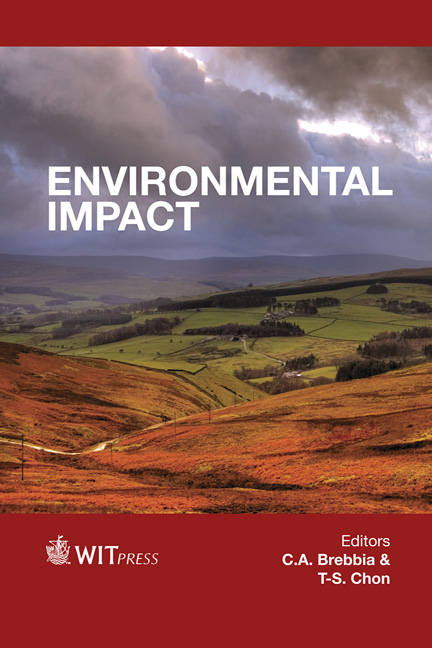The Analysis Of Urban Travellers’ Latent Preferences To Explain Their Mode Choice Behaviour
Price
Free (open access)
Transaction
Volume
162
Pages
11
Page Range
193 - 203
Published
2012
Size
2,415 kb
Paper DOI
10.2495/EID120181
Copyright
WIT Press
Author(s)
M. Migliore, M. Catalano, A. Lo Burgio & L. Maritano
Abstract
Our research aims to explore the impact of latent variables, mirroring urban travellers’ attitudes and perceptions, on the individual decision making process regarding the mode of transport. The paper describes the first results of an ongoing research activity, which derive from a pilot study conducted in Palermo, the capital of the Sicilian Region (in the south of Italy), and demonstrate that policy makers, in designing a socially desirable and environmentally sustainable urban mobility system, should take into account how travellers perceive the qualitative dimensions of transport. Keywords: mode choice behaviour, discrete choice-latent variable model, attitudes and perceptions, public transport, infomobility services. 1 Introduction In designing a desirable and sustainable urban mobility system, transportation planners have to increase their understanding of the hierarchy of preferences that drives individual choices of transport mode. In the relevant empirical literature, most models use service attributes to explain mode choice behaviour. Decision maker-specific variables are also often included to allow for individual differences. This research aims to examine whether the construction of latent variables, mirroring travellers’ attitudes and perceptions, is able to provide insights into the mode choice analysis. In particular, we intend to investigate the explanatory role played by users’ latent preferences for reliability, flexibility, convenience, comfort, safety along with
Keywords
mode choice behaviour, discrete choice-latent variable model, attitudes and perceptions, public transport, infomobility services.





